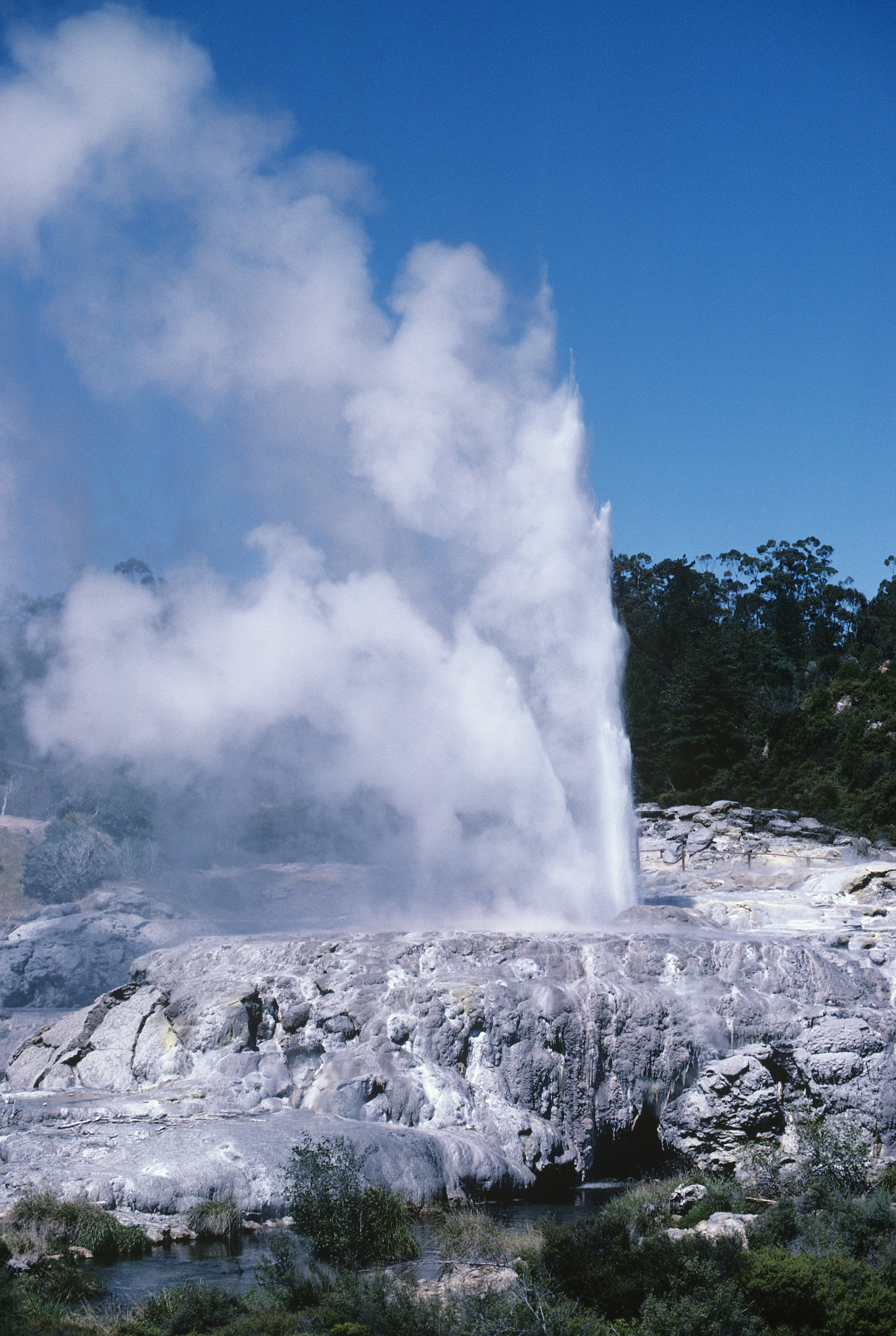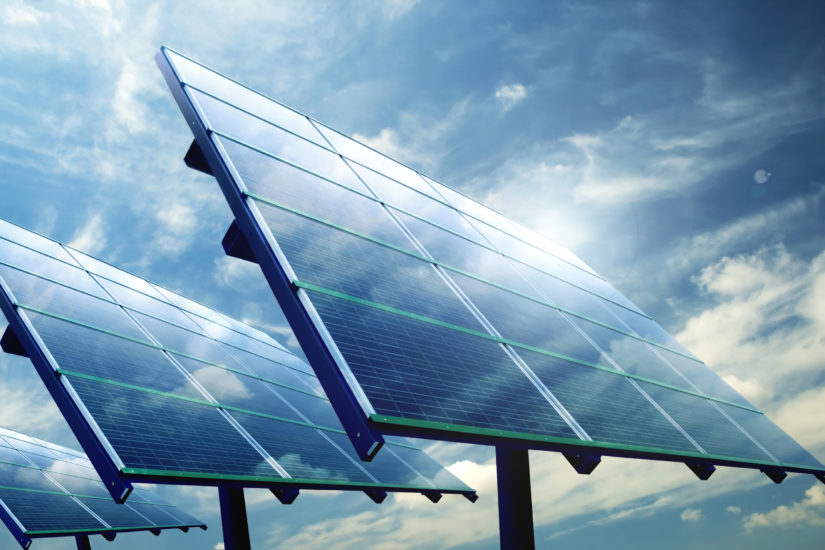Energy conservation is something that most Americans think about when building a home, buying a vehicle, and even cooking food. Most people have started really cutting back on non essentials, driving vehicles that don’t use as much fuel, and overall reducing their carbon footprint. Some homeowners and business owners are becoming more interested in geothermal energy as a potential renewable energy source; and for good reason.
Geothermal energy is essentially the heat that is naturally produced by the earth. It is possible for us to tap into that energy from different sources such as magma deep below the earth’s surface or hot water that is closer to the surface such as natural hot springs. In many areas, even shallow ground can produce enough geothermal energy. Heat from the core of the earth travels upward, heating rock and water. This process is continuous and is the reason why geothermal energy is so reliable.
The upper layer of the earth’s surface, ranging from 10 feet to a few hundred feet, can produce a constant flow of geothermal energy. This is less intense than sources deeper below the surface, but it is still enough for the heating and cooling of buildings. In many areas, the soil around homes and other types of buildings can be tapped to meet some energy needs.
Benefits Of Geothermal Heating
The use of geothermal energy offers a number of advantages. It is highly efficient and provides significant savings to both homes and businesses. It reduces our nation’s dependence on fossil fuels such as coal and oil, and it is 100% clean. These and other benefits of geothermal energy include:
- Reduced Carbon Footprint – A decreased reliance on fossil fuels is beneficial to the environment. Tapping geothermal sources is an ideal way to show a commitment to green energy. The creation of power using geothermal energy does not produce pollution, and is a big step toward creating a clean environment.
- Economic Advantages – It can impact a number of industries including agriculture, tourism, and construction. The creation of and installation of the system used to acquire this energy is another boost for the economy because it produces jobs in a variety of areas. It is roughly 80% cheaper to produce power using geothermal energy than fossil fuels, making it a much more economic solution to our rising power needs.
- Reduced Emissions – It does not produce smoke, carbon monoxide, or other harmful emissions. This also makes it a safer option for heating. In fact, the naturally heated water may be pumped directly into the home for bathing, preparing food, or heating the home or office.
- Convenience – There is no geographical limitation to the installation of geothermal pumps. The equipment can be locally produced and it can be used almost anywhere. This makes it a good energy option in a wide range of applications nearly anywhere in the United States.
- Quiet Operation – Geothermal systems tend to operate quietly, which makes them highly desirable in various settings. A system can last for more than 20 years, making this a sound investment, so don’t let sticker shock keep you from making the change to geothermal energy if it’s offered.
Practical Uses Of Geothermal Energy
Currently, geothermal energy is the third most used among renewable energy services. It ranks higher than wind and solar power in terms of usage. We can use geothermal energy in a range of ways including:
- Direct Geothermal Energy – Hot water can be pumped directly into pipes to heat homes or office buildings. The process uses the heat from the water and returns the cooled water back down a well to be reheated and used again, making it a truly reusable resource.
- Geothermal Heat Pump – Underground water maintains a constant temperature between 50 and 60 degrees Fahrenheit. That water is pumped through pipes that run under buildings and homes where the heat is removed from the water and blown into the structure. We can reverse the process during the summer and carry heat out of homes and buildings and into the ground to be naturally absorbed.
Three Types of Geothermal Power Plants
The United States isn’t run solely on fossil fuel or nuclear power plants. We have several geothermal power plants as well. Here’s how they work:
- Flash Steam – Very hot water is brought up from deep wells where the temperature is between 300 and 700 degrees Fahrenheit. Some of the water turns to steam and powers the turbines that generate power. As the steam cools and condenses, it is returned back into the ground as water.
- Binary cycle – Once again, a heat exchanger is used. This time we use it to to transfer moderately hot water to isobutene or another liquid that boils at lower temperatures, and the resulting steam powers turbines that generate power.
- Dry Steam Plants – Steam can be piped into generators directly from geothermal reservoirs to spin the turbines that generate power.
Not a New Practice
The use of geothermal energy for heating the home, bathing, and preparing foods is not new technology. Our scientists are continually coming up with new ways to put it to use, but the energy itself has been used for centuries. Ancient Romans used hot springs to heat their homes, enjoy hot baths, and cook their food. And the very first geothermal heating system for residential use in the United States was developed in 1892 in Boise, Idaho.




2 Comments
Steam Generation Multiplier
October 23, 2019 at 9:12 amI have been going through your blog and found this post really interesting. Thanks for sharing.
Hairstyles
January 5, 2022 at 10:29 amI was just looking for this information for some time. After six hours of continuous Googleing, at last I got it in your web site. I wonder what is the lack of Google strategy that don’t rank this kind of informative websites in top of the list. Generally the top websites are full of garbage.